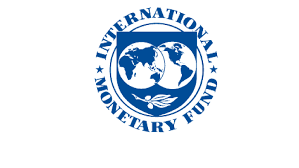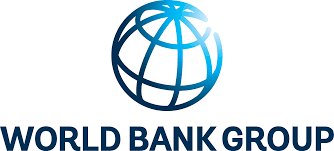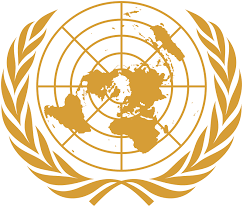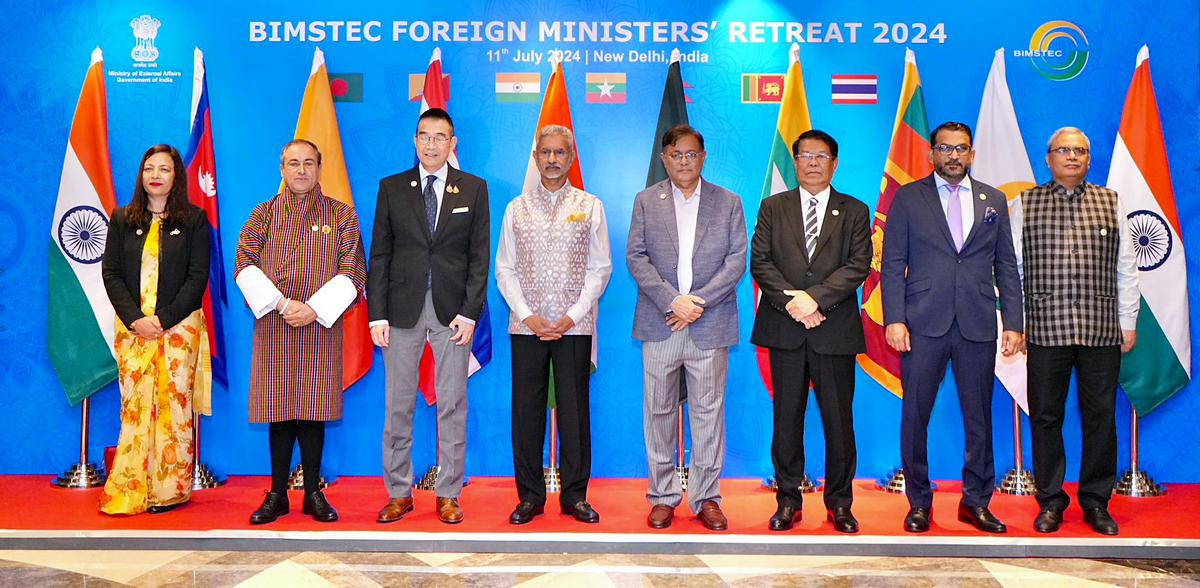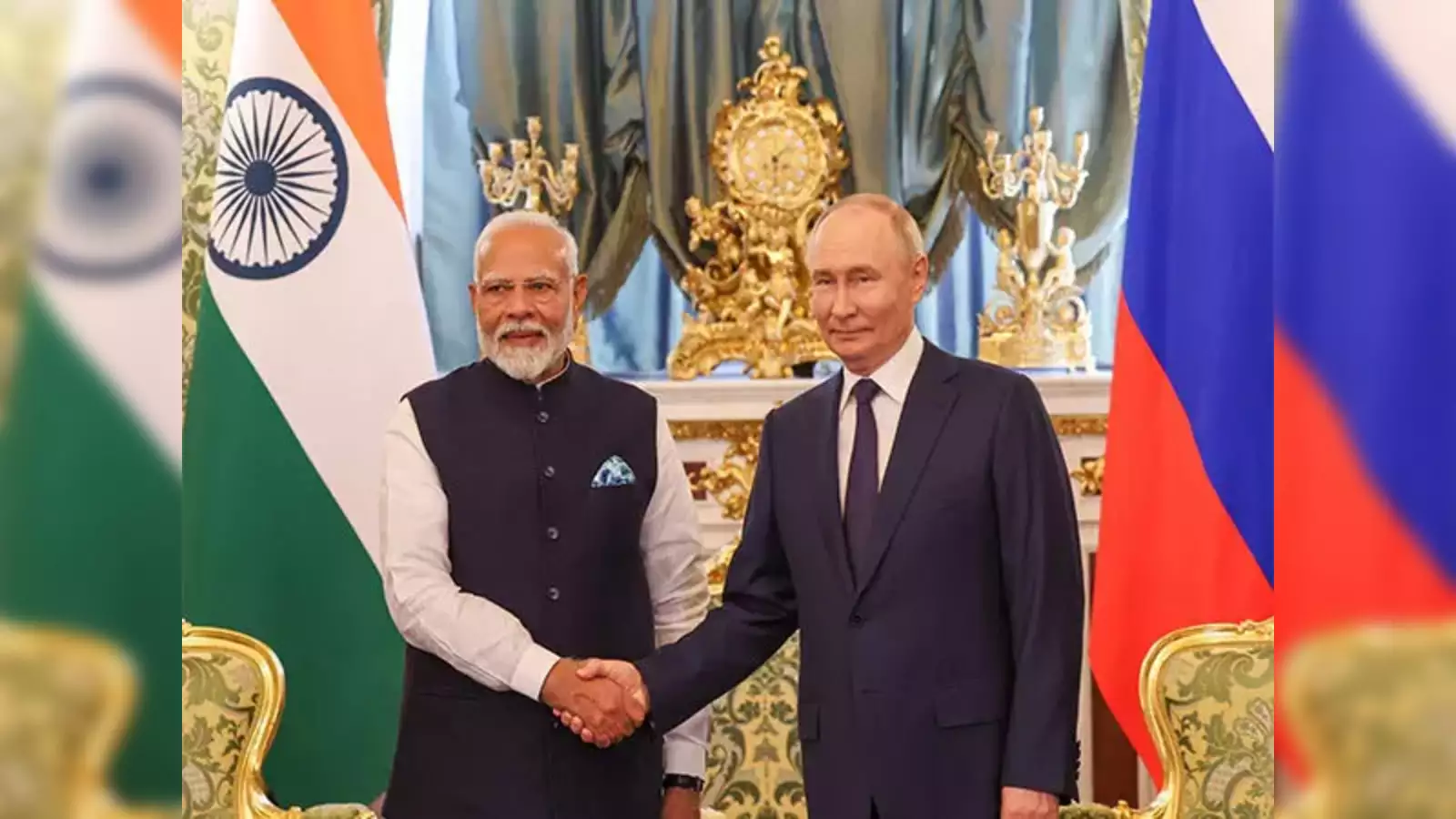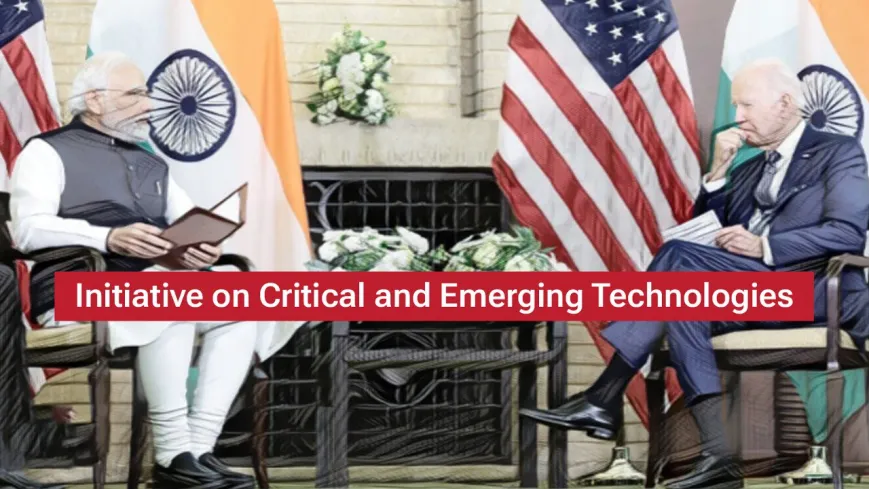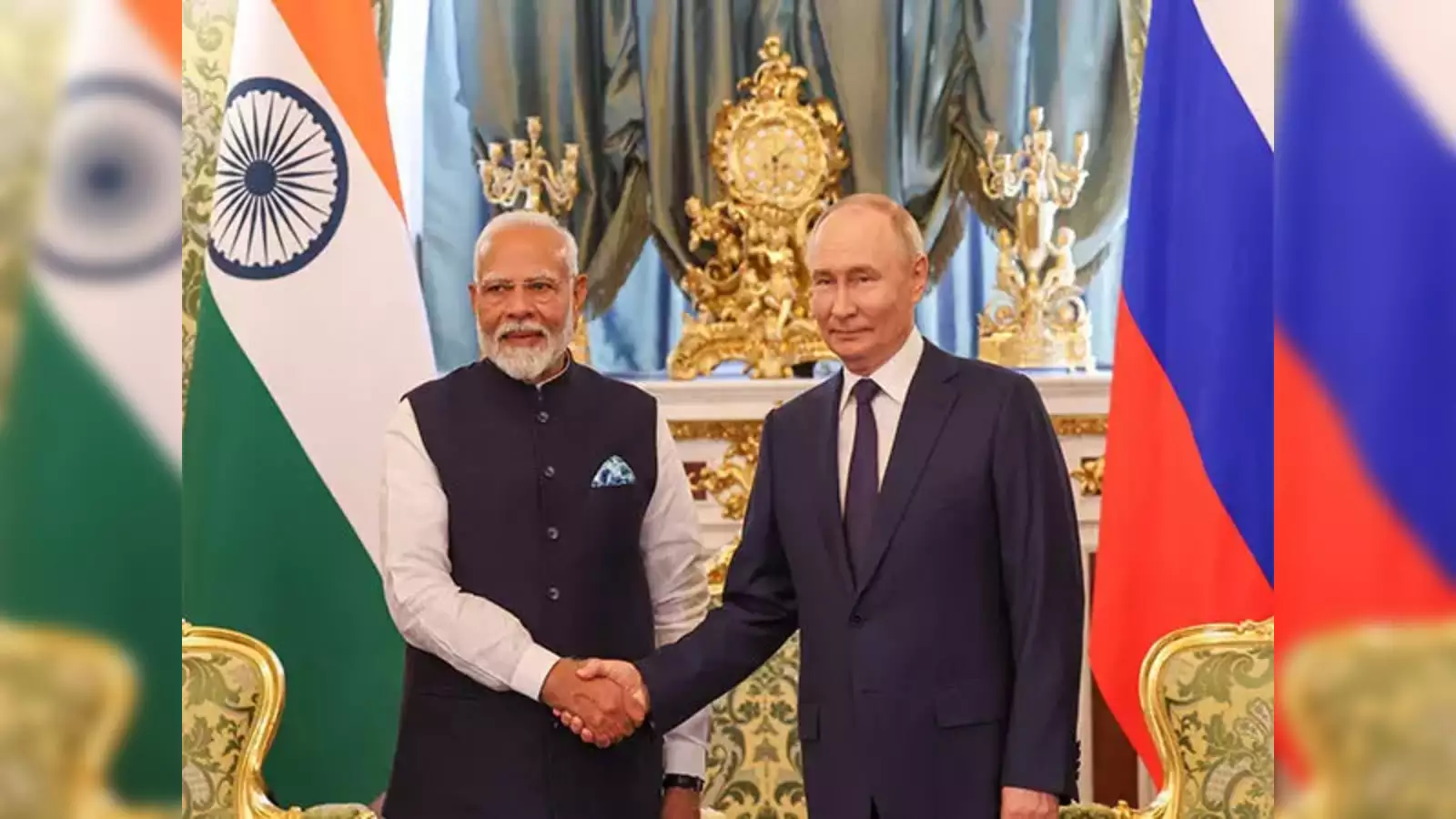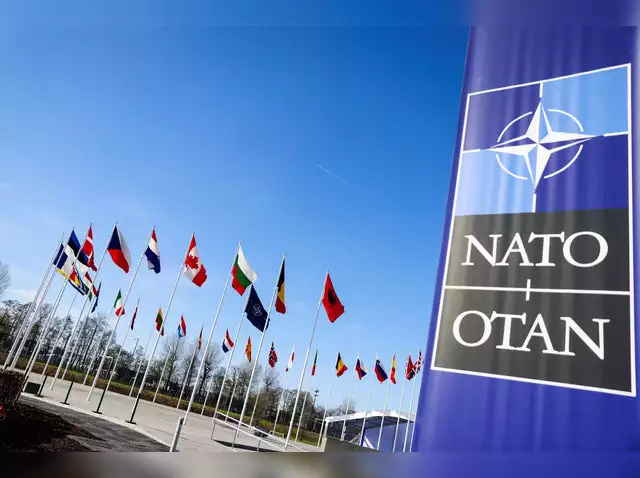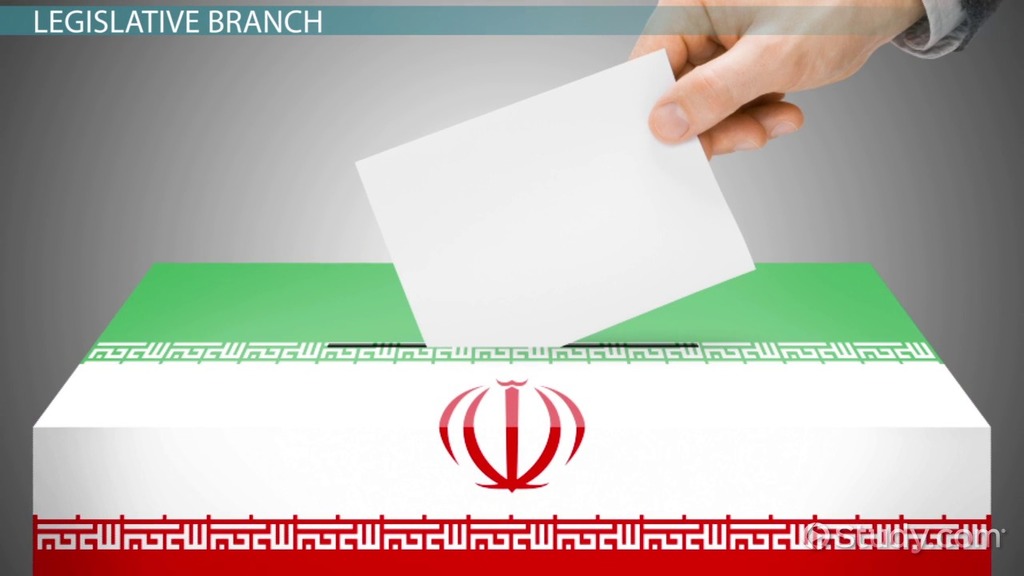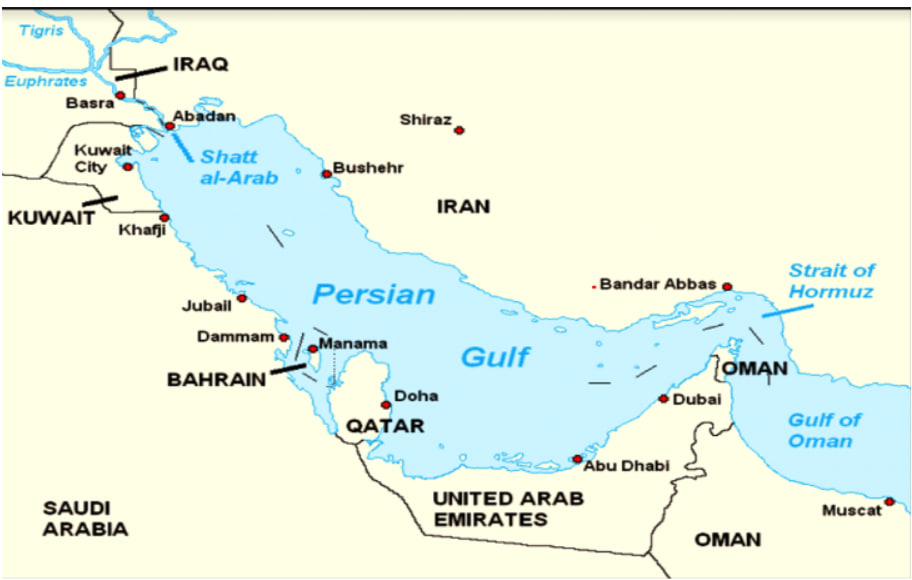The Hindu : Page 04
Syllabus : GS 2 : International Relations
The Ministry of Skill Development and Entrepreneurship (MSDE) revamped the ‘model skill loan scheme’ for skill development courses, with a fresh maximum loan limit of ₹7.5 lakh.
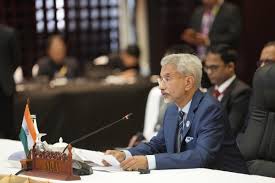
About ASEAN:
- The Association of Southeast Asian Nations (ASEAN) is a regional intergovernmental organisation comprising ten Southeast Asian countries.
- Founded on August 8, 1967, in Bangkok, Thailand, its members include Indonesia, Malaysia, the Philippines, Singapore, Thailand, Brunei, Vietnam, Laos, Myanmar (Burma), and Cambodia.
- ASEAN aims to promote regional peace, stability, economic growth, and socio-cultural development through cooperation and dialogue.
- Its key principles include mutual respect, non-interference in internal affairs, peaceful dispute resolution, and cooperation for mutual benefit.
- ASEAN has established various frameworks and mechanisms such as the ASEAN Economic Community (AEC), ASEAN Political-Security Community (APSC), and ASEAN Socio-Cultural Community (ASCC) to enhance regional integration and cooperation.
- The ASEAN Summit is the organization’s highest decision-making body, where member states discuss and coordinate regional policies and initiatives.
- ASEAN has developed partnerships and dialogue mechanisms with major powers and regional organizations, contributing to regional stability and prosperity.
- The organization addresses various regional challenges, including territorial disputes, transnational crime, terrorism, natural disasters, and environmental issues.
- ASEAN promotes intra-regional trade and economic cooperation through initiatives such as the ASEAN Free Trade Area (AFTA) and regional economic integration efforts.
- It plays a crucial role in shaping the geopolitical landscape of Southeast Asia and fostering regional cooperation in various fields.
India – ASEAN Relations:
Significance for India:
- India’s Act East Policy emphasizes deepening engagement with ASEAN, given its strategic location and economic potential.
- ASEAN is India’s one of the most significant trading partner, with bilateral trade reaching billions of dollars annually.
- Strengthening ties with ASEAN enhances India’s regional influence and provides access to Southeast Asian markets.
- Cooperation with ASEAN nations fosters connectivity, promotes economic growth, and facilitates people-to-people exchanges.
- India’s membership in ASEAN-led forums like the East Asia Summit and ASEAN Regional Forum strengthens its regional security architecture.
Challenges:
- Limited physical connectivity and infrastructure pose barriers to trade and investment flows between India and ASEAN.
- Non-tariff barriers and bureaucratic hurdles hinder seamless economic integration.
- Competition from other regional powers like China and Japan challenges India’s influence in ASEAN.
- Historical and territorial disputes among ASEAN members complicate regional cooperation and unity.
- Socio-cultural differences and language barriers impede closer people-to-people ties.
Way Forward:
- Enhance physical and digital connectivity through infrastructure development and the promotion of digital initiatives.
- Negotiate comprehensive free trade agreements to reduce trade barriers and promote economic integration.
- Strengthen maritime cooperation to ensure security and freedom of navigation in the Indo-Pacific region.
- Increase cultural exchanges and educational programs to deepen mutual understanding and trust.
- Leverage ASEAN-led platforms to address regional challenges and promote multilateral cooperation.
- Diversify and deepen engagement with ASEAN countries beyond economic ties to include strategic, security, and socio-cultural dimensions.
UPSC Prelims PYQ : 2018
Ques : Consider the following countries:
1. Australia
2. Canada
3. China
4. India
5. Japan
6. USA
Which of the above are among the ‘free-trade partners’ of ASEAN?
(a) 1, 2, 4 and 5
(b) 3, 4, 5 and 6
(c) 1, 3, 4 and 5
(d) 2, 3, 4 and 6
Ans: (c)

